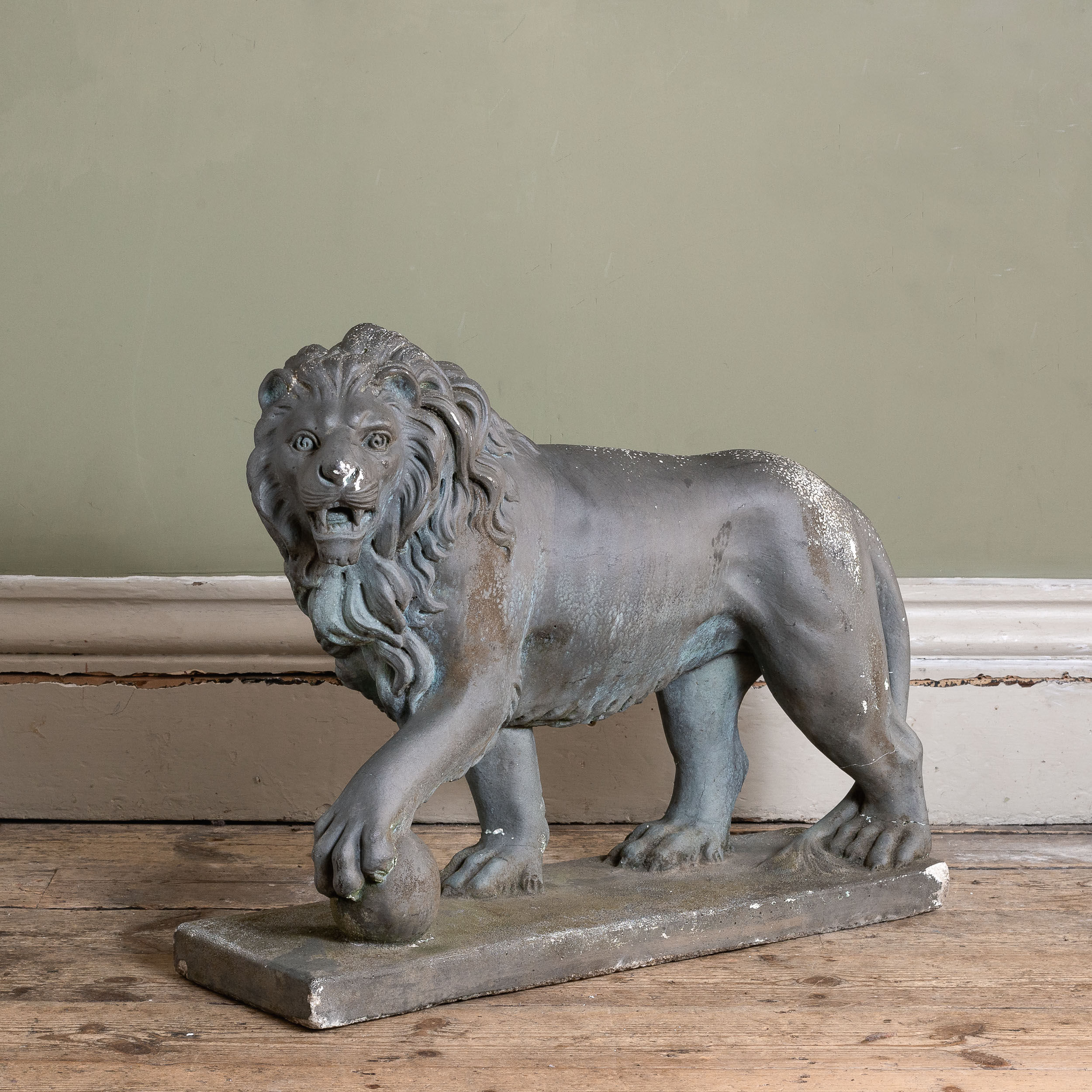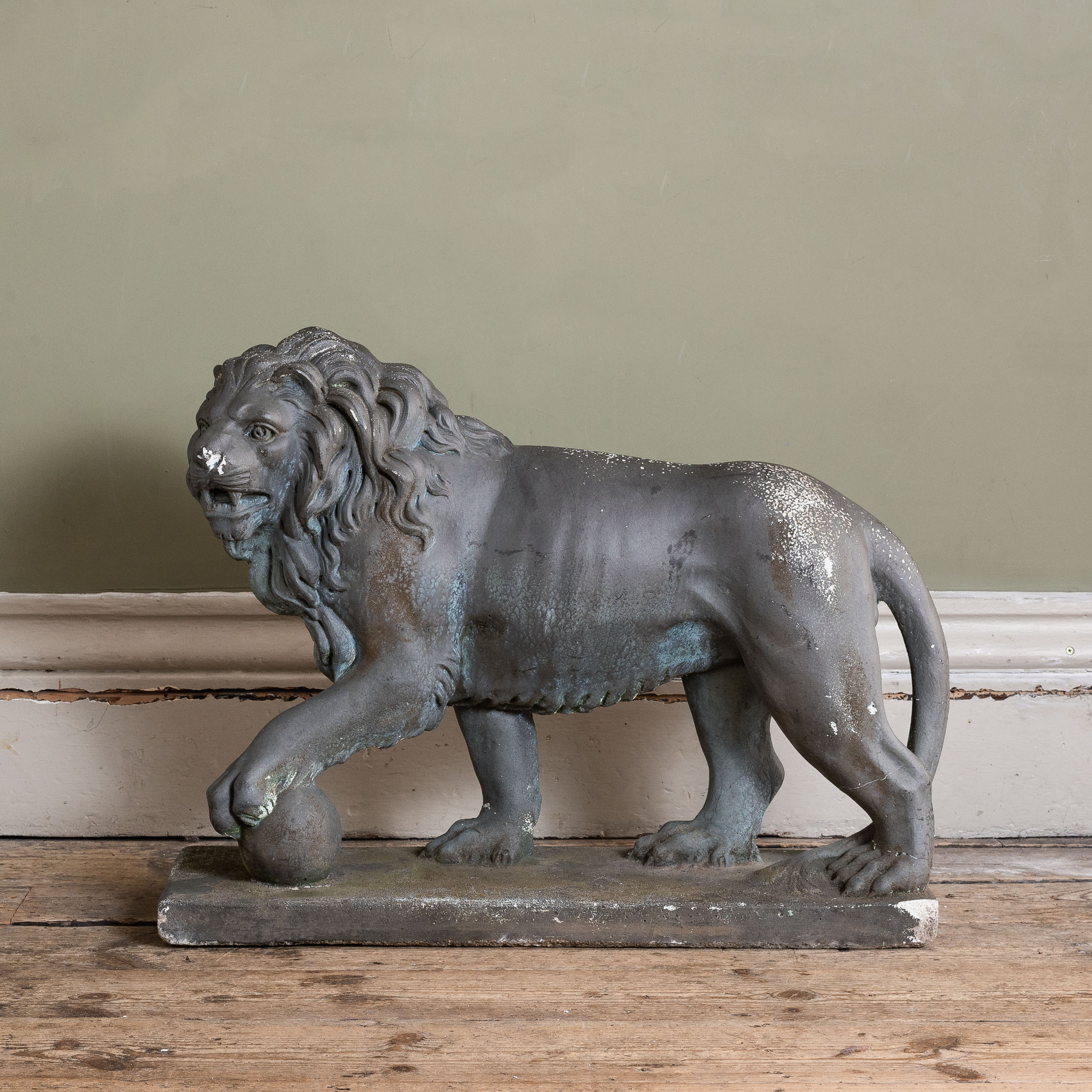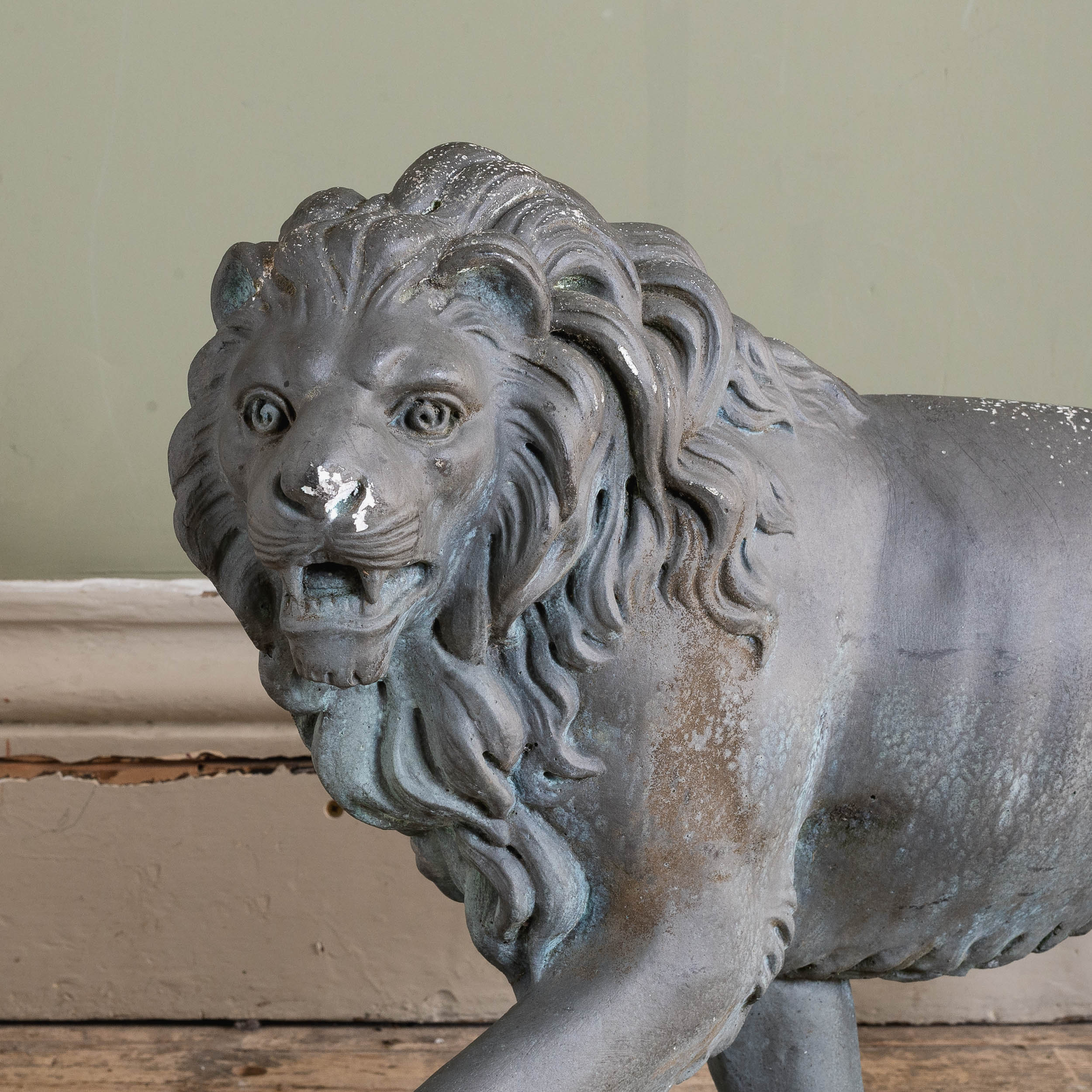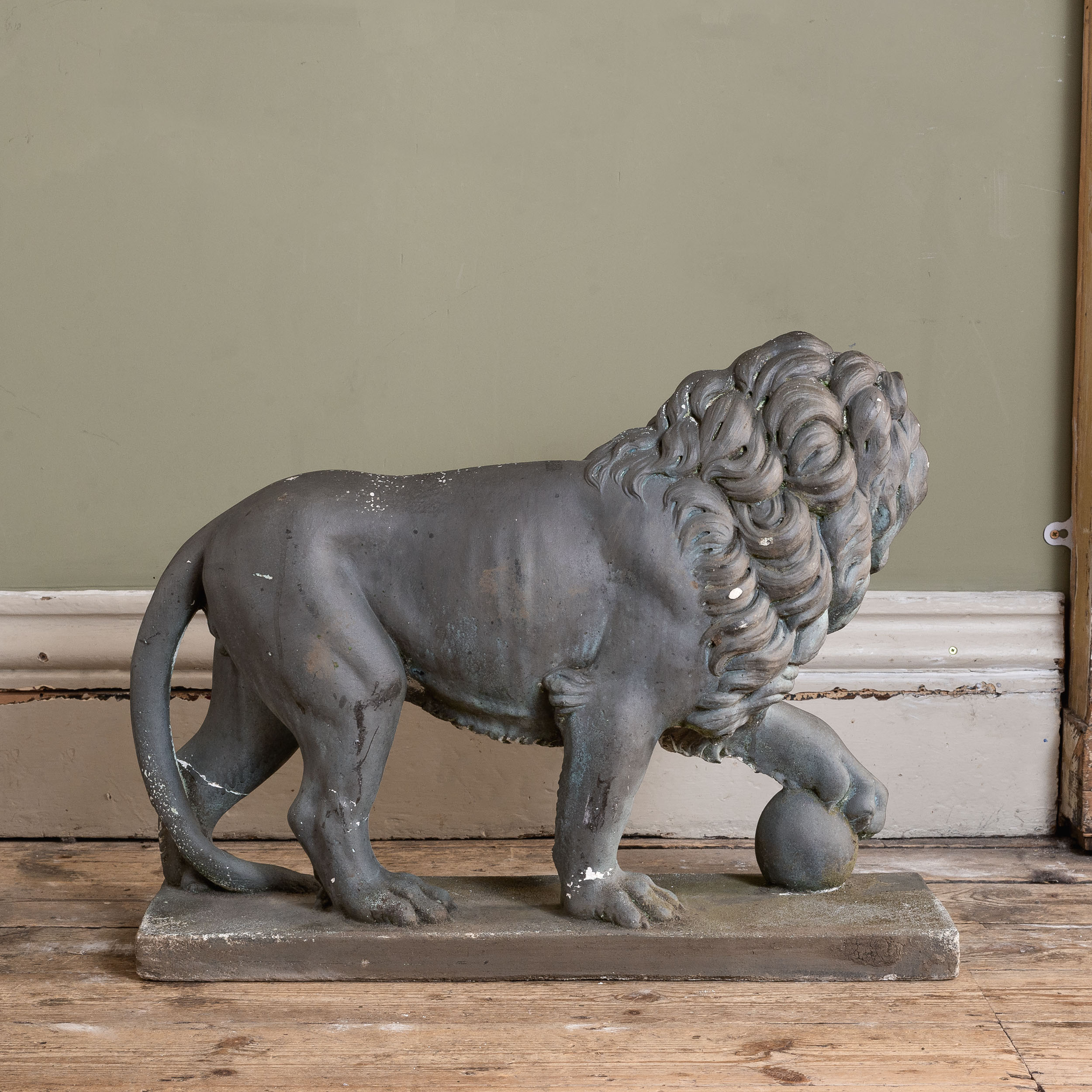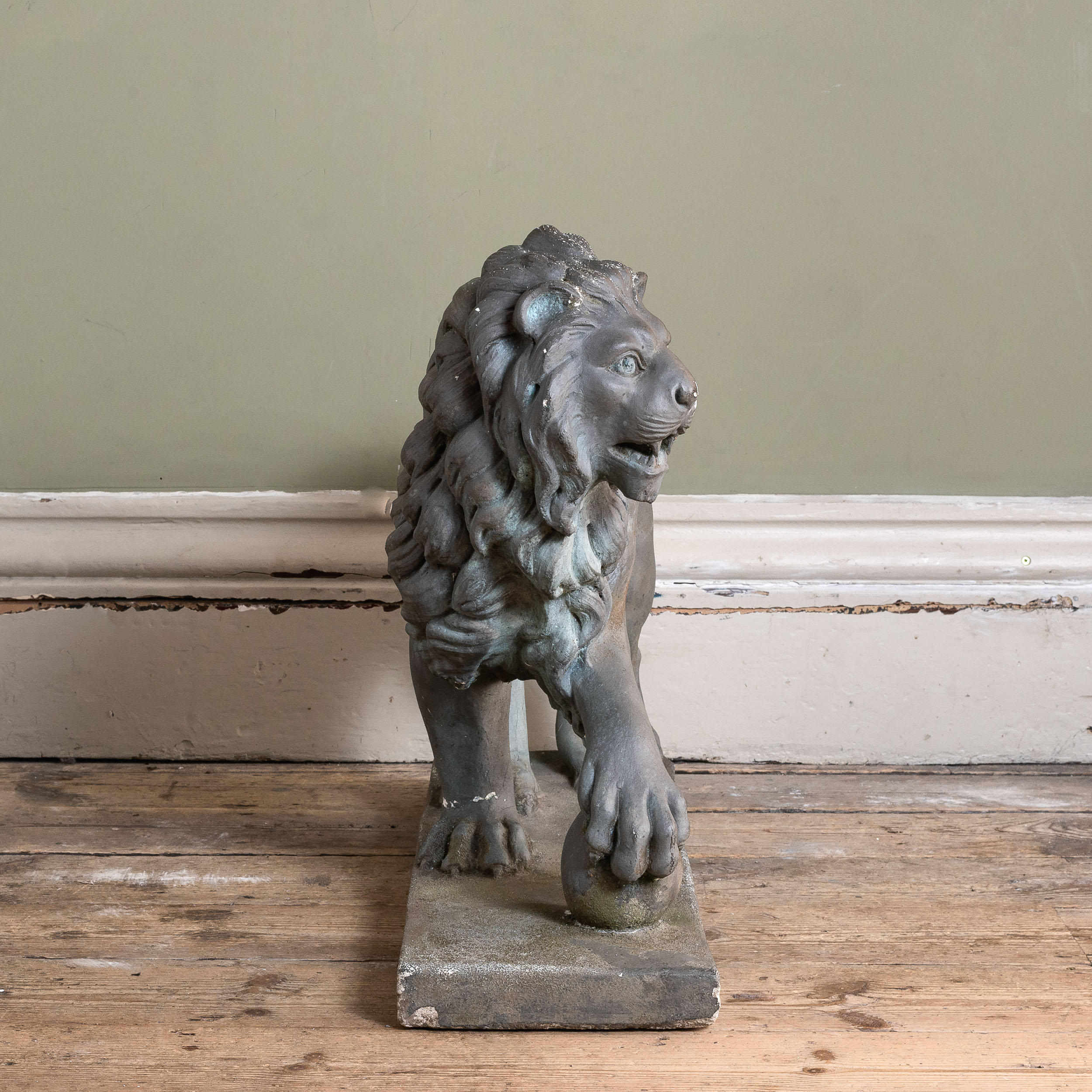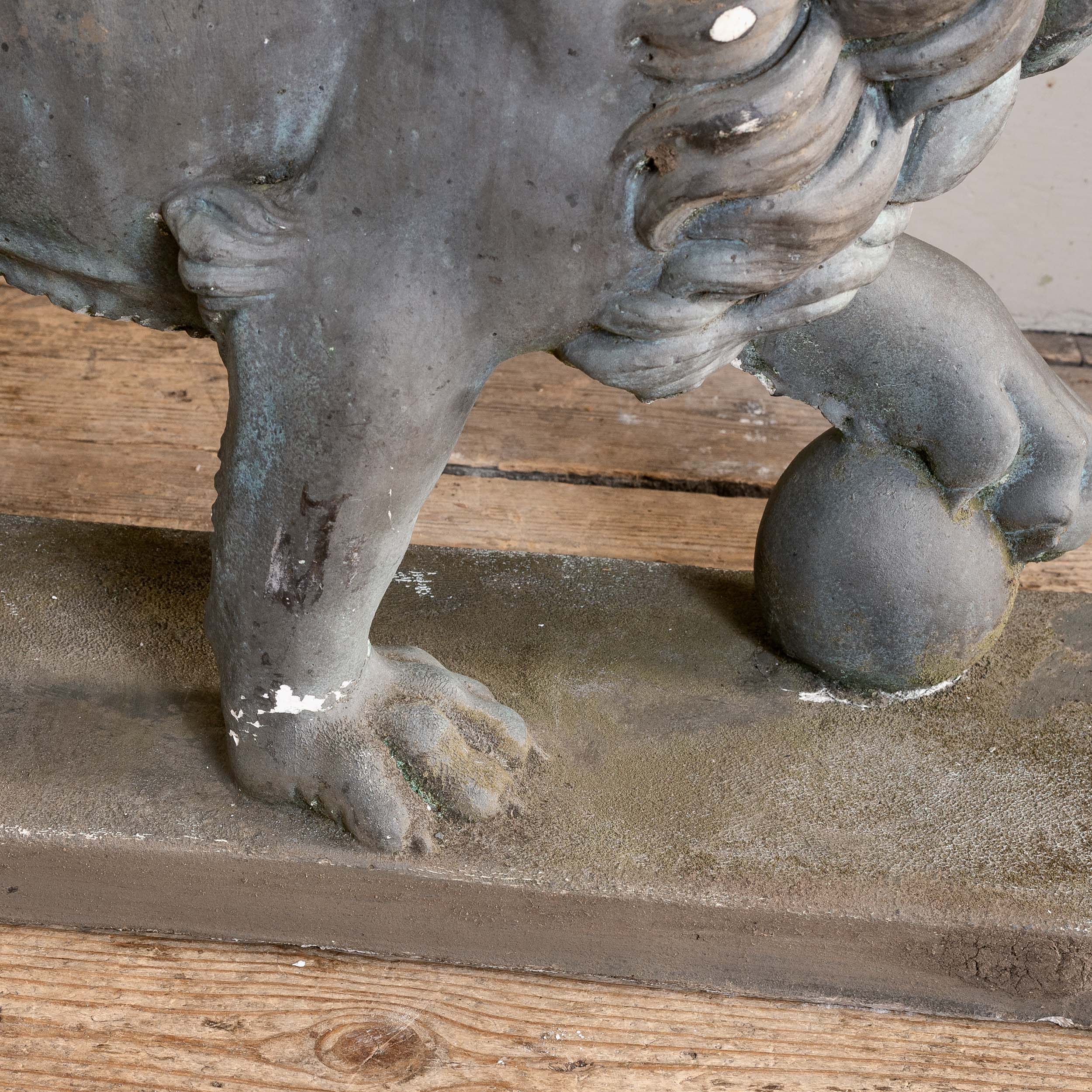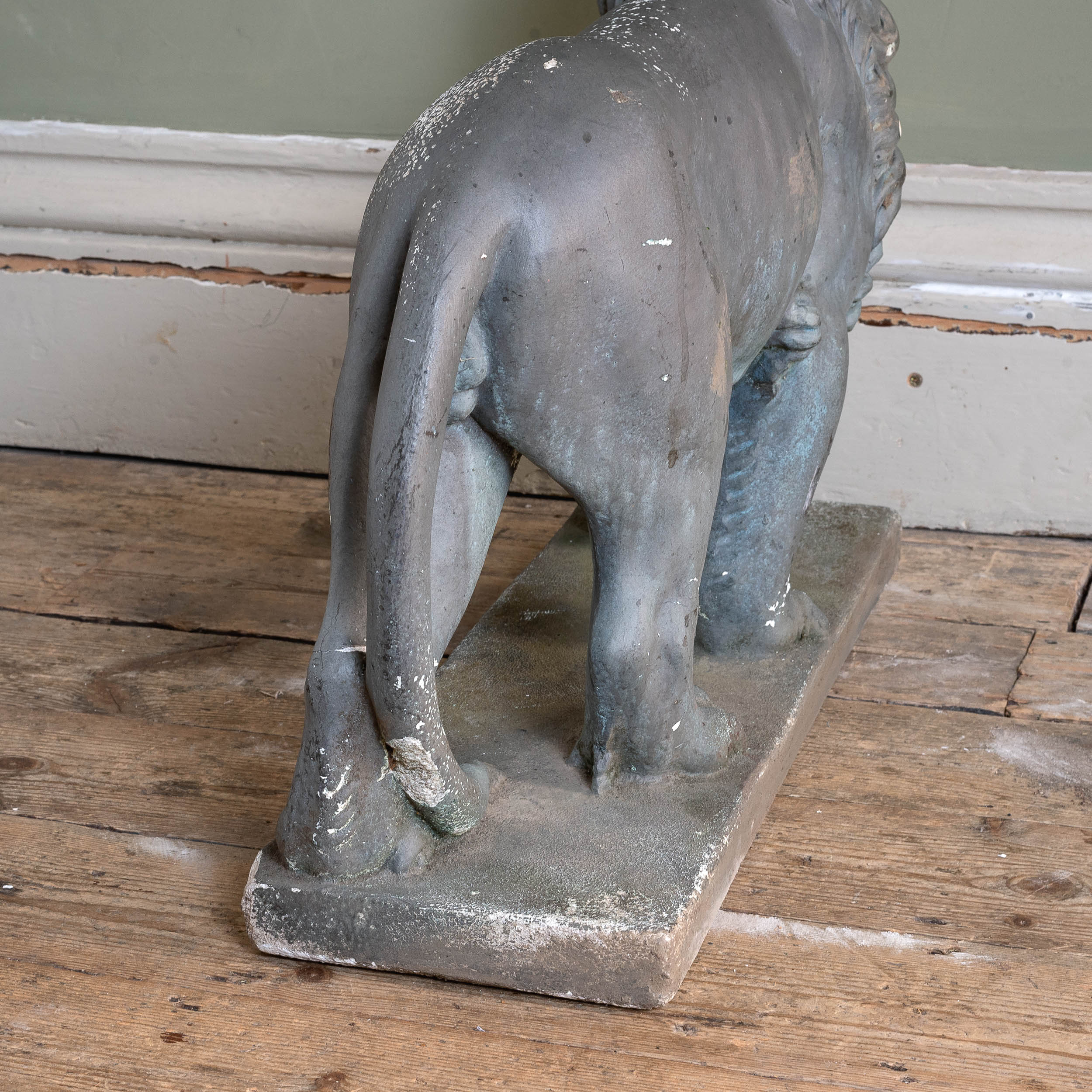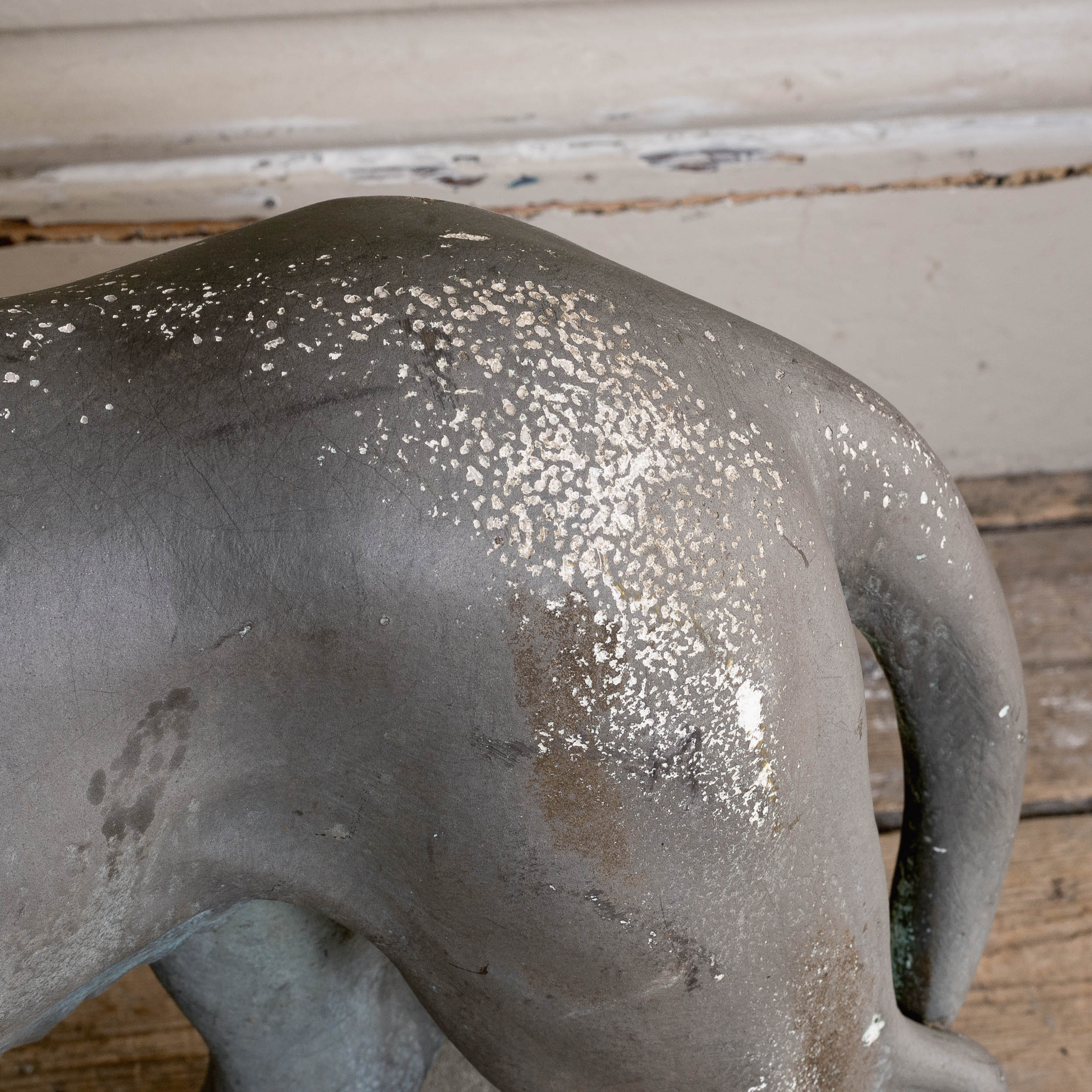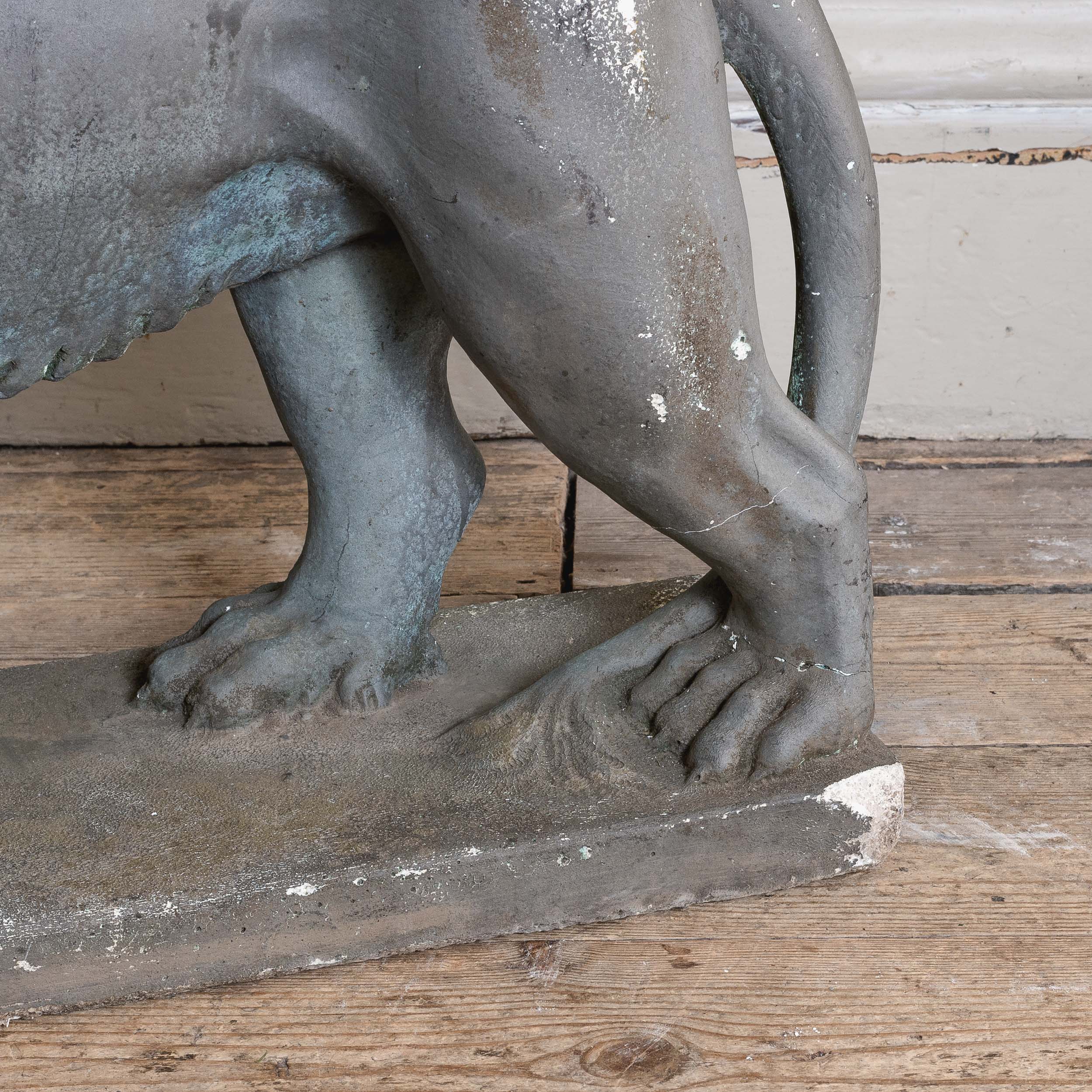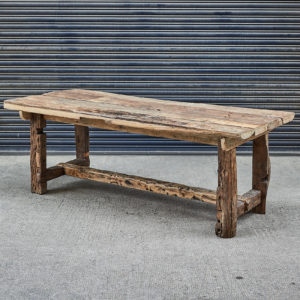Categories
Close
Latest Arrivals
- Gift Cards
- Chimneypieces & Firegrates
- Door Furniture & Brassfoundry
- Entranceways & Doors
- Flooring
- Furniture
- Garden Ornament
- Ironwork
- Kitchen fixtures & fittings
- Lighting
- Mirrors, Windows & Glass
- Panelled Rooms & Woodwork
- Plaster Castings
- Pots, Jars, Boxes, Bottles & Bells etc.
- Art, Prints & Sculpture
- Salvaged Building Materials
- Sanitaryware
- Ship & Yacht Fittings, Nautical & Militaria
- Textiles & Carpets

